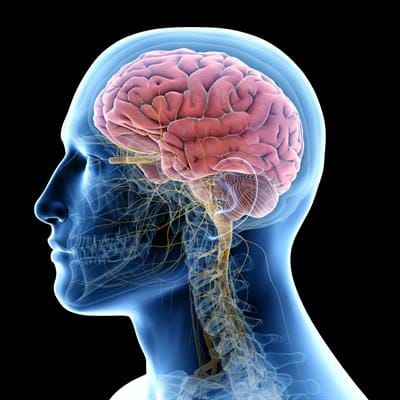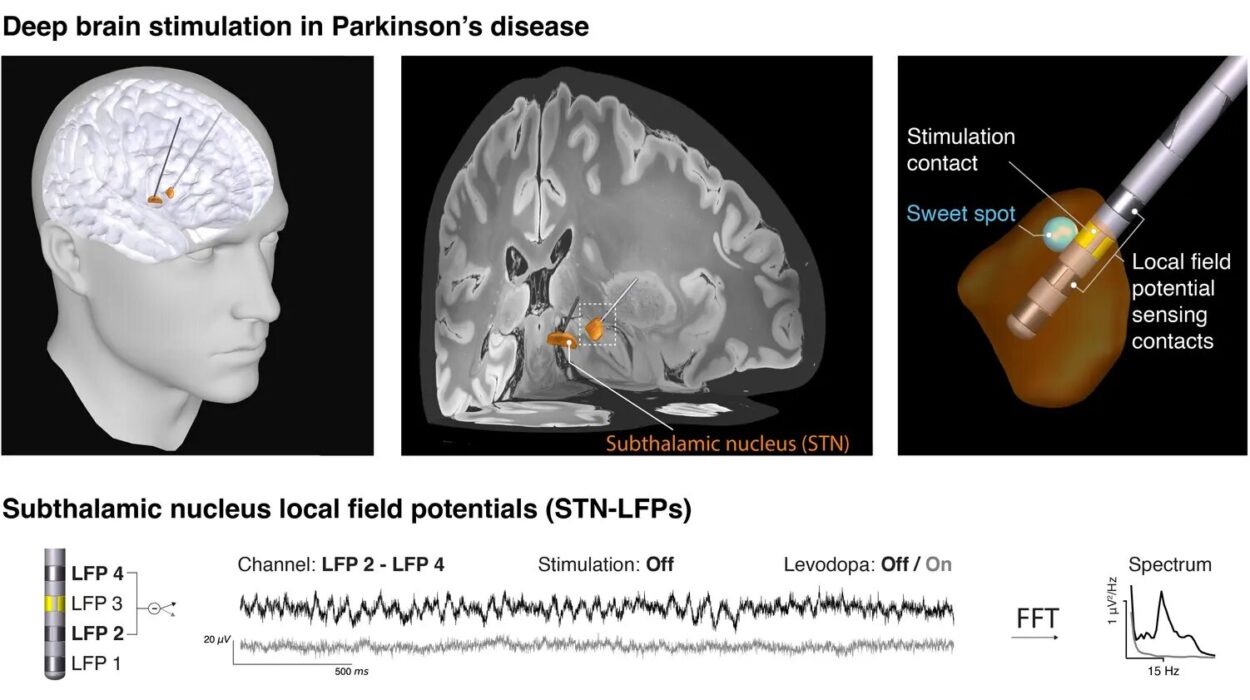Bringing life into the world is nothing short of miraculous, but the period that follows—quiet, intimate, and sometimes painful—is often the most underestimated chapter of motherhood. Birth may last a few hours or days, but healing after childbirth is a journey that unfolds slowly, often in silence and shadows. It’s not simply about physical recovery; it’s a reclamation of the body, mind, and spirit. The postpartum experience isn’t the end of the pregnancy story—it’s the beginning of a mother’s rebirth.
While much attention is paid to pregnancy and delivery, what happens after is often whispered about behind closed doors. Bleeding, sore muscles, stretched skin, emotional tides, and breastfeeding challenges are all part of the landscape. The body does not simply “bounce back”—it rebuilds itself cell by cell, hormone by hormone. And healing doesn’t follow a clock—it follows compassion.
The First Days: A Storm of Change
The immediate postpartum phase, often referred to as the fourth trimester, is a time of monumental physical transition. For many women, it begins with a flood of blood known as lochia, a natural discharge that can last several weeks. The uterus, once stretched to accommodate a full-grown baby, begins the process of involution—shrinking back to its original size. This can cause cramps known as afterpains, which can feel similar to contractions and are often more intense during breastfeeding due to the release of oxytocin.
Perineal soreness is also common, especially after vaginal delivery. If there was tearing or an episiotomy, the area may feel swollen, bruised, and tender. Sitting, walking, and even urinating can become daunting tasks. For mothers who’ve had a cesarean section, the incision site presents its own challenges—pain, limited mobility, and a healing process that stretches across layers of skin, muscle, and tissue.
Breasts may swell with milk and ache with the demands of nursing. Nipples can crack and blister. Hormones shift dramatically—estrogen and progesterone levels plummet, while prolactin and oxytocin surge. It’s a cocktail that can bring weepy tears one minute and elation the next. It’s messy and magical all at once.
Sleep becomes a rare treasure. The body is sore, the mind is racing, and the baby’s needs are endless. Yet, somehow, through the haze of exhaustion and recovery, women begin to adapt. Not because they must, but because love rewires the soul.
Nourishing from Within: Food as Medicine
What you eat after childbirth doesn’t just fill your belly—it fuels your recovery. The postpartum body is in a state of repair, using up calories and nutrients to rebuild tissues, regulate hormones, and produce breast milk. Traditional cultures around the world have long understood the importance of postpartum nutrition, often emphasizing warm, soft, and nutrient-dense foods.
Bone broths, lentil stews, herbal teas, eggs, and slow-cooked meats are common staples in healing traditions from China to Mexico. These foods are rich in collagen, iron, protein, and minerals—all of which are essential for tissue repair and energy. Whole grains provide sustainable energy, while healthy fats support hormone production. Leafy greens, berries, and citrus fruits contribute crucial vitamins and antioxidants.
Hydration is equally critical. Whether breastfeeding or not, the body requires ample fluids to flush toxins and support cellular repair. Herbal infusions like red raspberry leaf, nettle, and fenugreek can provide gentle support to the uterus and lactation, but water remains the queen of postpartum healing.
Caffeine and sugar may offer temporary jolts of energy, but they often lead to crashes. Nourishing the body after birth is not about dieting or restriction—it’s about giving it every tool it needs to rebuild with strength and resilience. Healing is not linear, but it is deeply rooted in how we feed ourselves—physically and emotionally.
The Sacred Act of Rest
Modern life does little to honor the sanctity of postpartum rest. New mothers are often expected to host visitors, answer texts, and resume social roles while still bleeding, leaking, and learning how to keep a tiny human alive. But rest is not a luxury—it’s a biological imperative.
In the weeks following birth, the body is vulnerable. The immune system is recalibrating, muscles are sore, ligaments are lax, and the pelvic floor is under strain. Rest allows for the redistribution of energy—away from the demands of movement and toward the quiet work of regeneration.
This doesn’t mean complete bed rest, but rather intentional slowing. It means resisting the pressure to “bounce back,” and instead leaning into the slow, sacred rhythm of healing. Creating a postpartum nest—a warm, quiet space for rest and bonding—can be incredibly supportive. Whether it’s a dimly lit room, a cozy bed, or a comfortable chair for feeding, the environment can shape the nervous system’s ability to relax.
Accepting help during this time isn’t weakness—it’s wisdom. Friends and family can offer meals, hold the baby while the mother showers, or simply sit in companionship. Healing happens best in softness, in silence, and in support.
The Pelvic Floor and Core: A Gentle Awakening
One of the most overlooked aspects of postpartum recovery is the pelvic floor. During pregnancy, the weight of the baby places immense pressure on the pelvic muscles, and during birth, those muscles may stretch, tear, or become misaligned. These changes can lead to issues like incontinence, painful intercourse, or pelvic organ prolapse.
Healing the pelvic floor starts with awareness, not urgency. The body needs time before engaging in any rigorous exercise. Gentle pelvic floor exercises, such as Kegels or diaphragmatic breathing, can help reconnect mind and muscle. In some cases, working with a pelvic floor physical therapist is invaluable—they can assess individual needs, guide recovery, and prevent long-term complications.
The abdominal muscles also undergo significant strain. In many women, the linea alba (a connective tissue running down the midline of the belly) stretches and causes a separation known as diastasis recti. This can weaken core stability and contribute to back pain or posture issues.
Healing the core is a process that involves slow, controlled movements—focusing more on internal engagement than external appearance. Yoga, Pilates, and core rehabilitation programs can all support this phase, but only after medical clearance and often under professional guidance.
The Emotional Landscape: Hormones, Identity, and the Blues
While physical healing is visible and often measured, emotional recovery is more elusive. Hormones surge and crash in waves, often leaving new mothers feeling adrift. The first few days can bring unexpected tears—known as the “baby blues.” This is a normal physiological response to hormonal shifts, fatigue, and the enormity of new motherhood.
But for some, the emotional tides run deeper. Postpartum depression, anxiety, and mood disorders are real, serious, and sometimes silent. They may manifest as irritability, rage, apathy, guilt, or overwhelming sadness. These feelings are not a reflection of love or competence—they are symptoms of imbalance, and they deserve immediate attention and compassion.
Talking to a therapist, joining a postpartum support group, or simply speaking openly with trusted friends can be life-changing. No woman should suffer in silence. The myth of the blissful, glowing new mother is not only unrealistic—it’s dangerous. Healing emotionally requires honesty, vulnerability, and support.
Beyond mental health, there’s the quieter emotional evolution of identity. A woman becomes a mother, and in doing so, she may grieve her former self, her independence, her old routines. This grief is valid and sacred. Integration takes time, and every mother finds her new rhythm at her own pace.
Breastfeeding: A Learning Curve, Not an Instinct
While breastfeeding is natural, it is not always intuitive. It is a learned skill—for both mother and baby—and it often comes with challenges. Latching issues, low milk supply, oversupply, blocked ducts, mastitis, and nipple pain are all common experiences, especially in the early days.
The pressure to exclusively breastfeed can sometimes add to maternal stress. It’s important to remember that feeding a baby is not about perfection—it’s about nourishment, connection, and survival. If breastfeeding is a struggle, lactation consultants can offer guidance and support. Sometimes, formula supplementation becomes part of the journey—and that’s okay. A fed baby and a thriving mother are the true goals.
Nursing is also an emotional experience. It can be a time of deep bonding, but also one of frustration or even grief. Listening to one’s own needs—taking breaks, hydrating, nourishing, and seeking support—is essential. Breastfeeding is not just physical work; it’s emotional labor, and it deserves as much care as any other part of healing.
Reconnecting with Your Body
Postpartum bodies are marked by stories—stretch marks, softness, scars, and strength. Yet society often places pressure on women to “get their body back,” as if motherhood were a detour rather than a destination. The truth is, the body after childbirth is not broken—it’s evolving.
Reconnecting with your body starts with gratitude. It carried life, endured transformation, and is now rebuilding itself anew. Movement can become a celebration, not a punishment. Walking, stretching, dancing, or simply breathing deeply can be acts of reverence.
Sexuality also changes. Hormones, fatigue, and physical changes can affect libido and comfort. Communication with partners is key, as is patience with oneself. Lubrication, positioning, and time all matter. Reclaiming sensuality is not about rushing back to intercourse—it’s about rediscovering intimacy in all its forms.
Self-care becomes a radical act of preservation. Whether it’s a hot shower, a nap, a cup of tea, or time alone, these moments are not indulgences—they are necessities. They remind mothers that their needs matter too.
The Long View: Postpartum Is Not Six Weeks
Western medicine often defines postpartum recovery as a six-week window, after which women are “cleared” for normal activities. But healing is not so simple. For many, recovery extends over months, even years. Pelvic health, mental well-being, sexual function, and energy levels may fluctuate long after the six-week mark.
Acknowledging this longer arc allows for greater compassion. Postpartum is not a sprint—it’s a marathon that requires pacing, support, and rest stops. Some days will feel like progress, others like setbacks. That’s normal. The healing process is not linear—it loops, spirals, and evolves.
Checkups with medical providers, physical therapists, and mental health professionals should extend beyond the initial postpartum visit. Mothers deserve continued care, not just for the baby, but for themselves.
The Circle of Support
No woman should walk the postpartum path alone. Community is the cradle in which mothers are held. Whether it’s a partner, friend, doula, mother, sister, or online village, having someone to witness, listen, and support makes all the difference.
Culture often isolates new mothers, but healing thrives in connection. Shared stories, meals, tears, and laughter remind women they are not alone. Matrescence—the process of becoming a mother—is too vast to navigate solo. It’s a communal rite, a sacred evolution best walked hand-in-hand.
Conclusion: The Quiet Power of Becoming
Healing after childbirth is not about returning to who you were—it’s about becoming who you are. It is a profound journey of reconstruction and rebirth. The body stitches itself together. The mind stretches to hold both joy and fatigue. The heart expands to love with a force never known before.
This path is not clean or easy. It is tender, chaotic, beautiful, and raw. But within it lies a power that only those who’ve walked it can understand. And in that understanding, there is wisdom—a knowing that life after childbirth is not just about the baby. It’s about the mother too.
She is not just recovering. She is rising.






